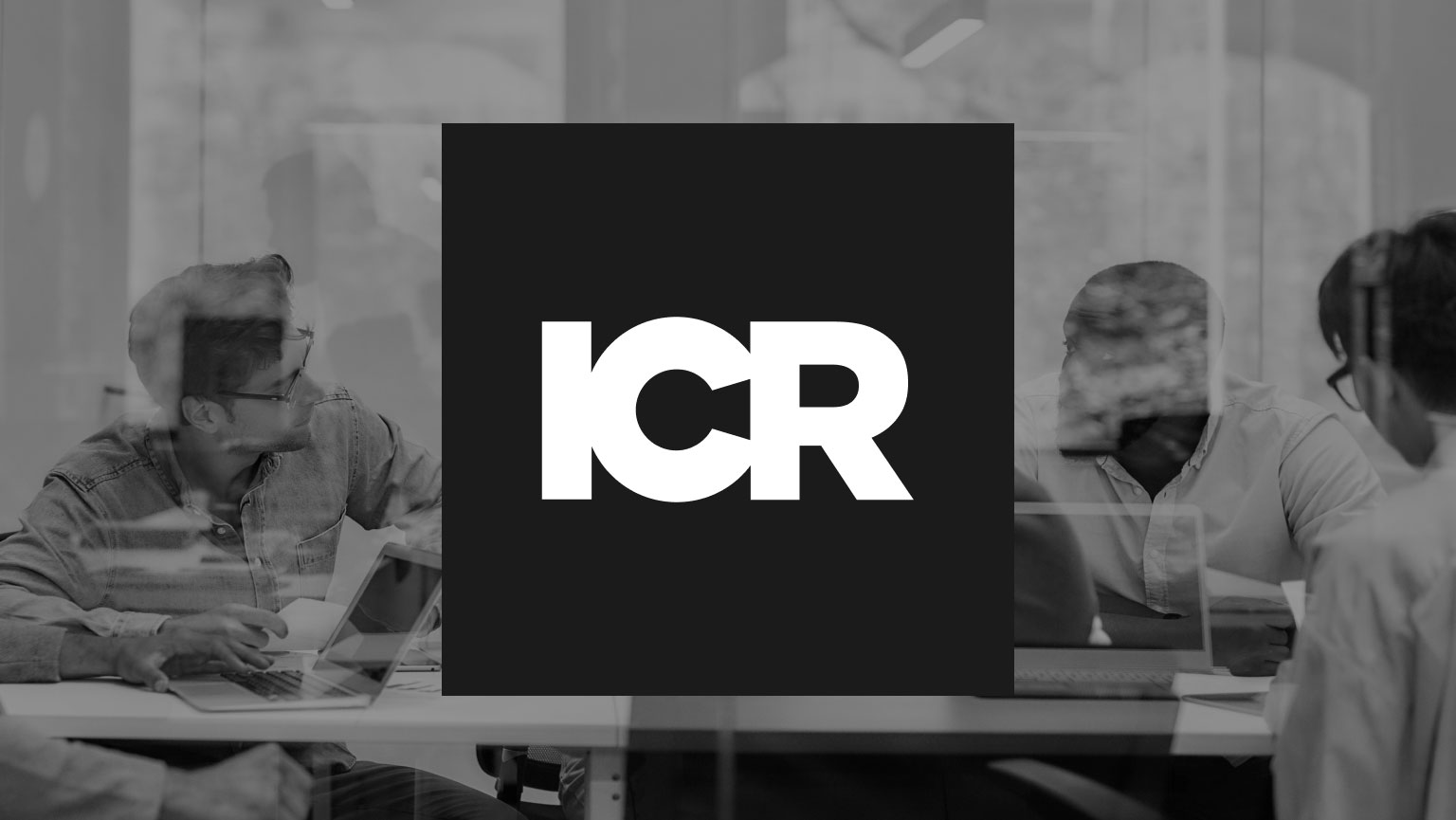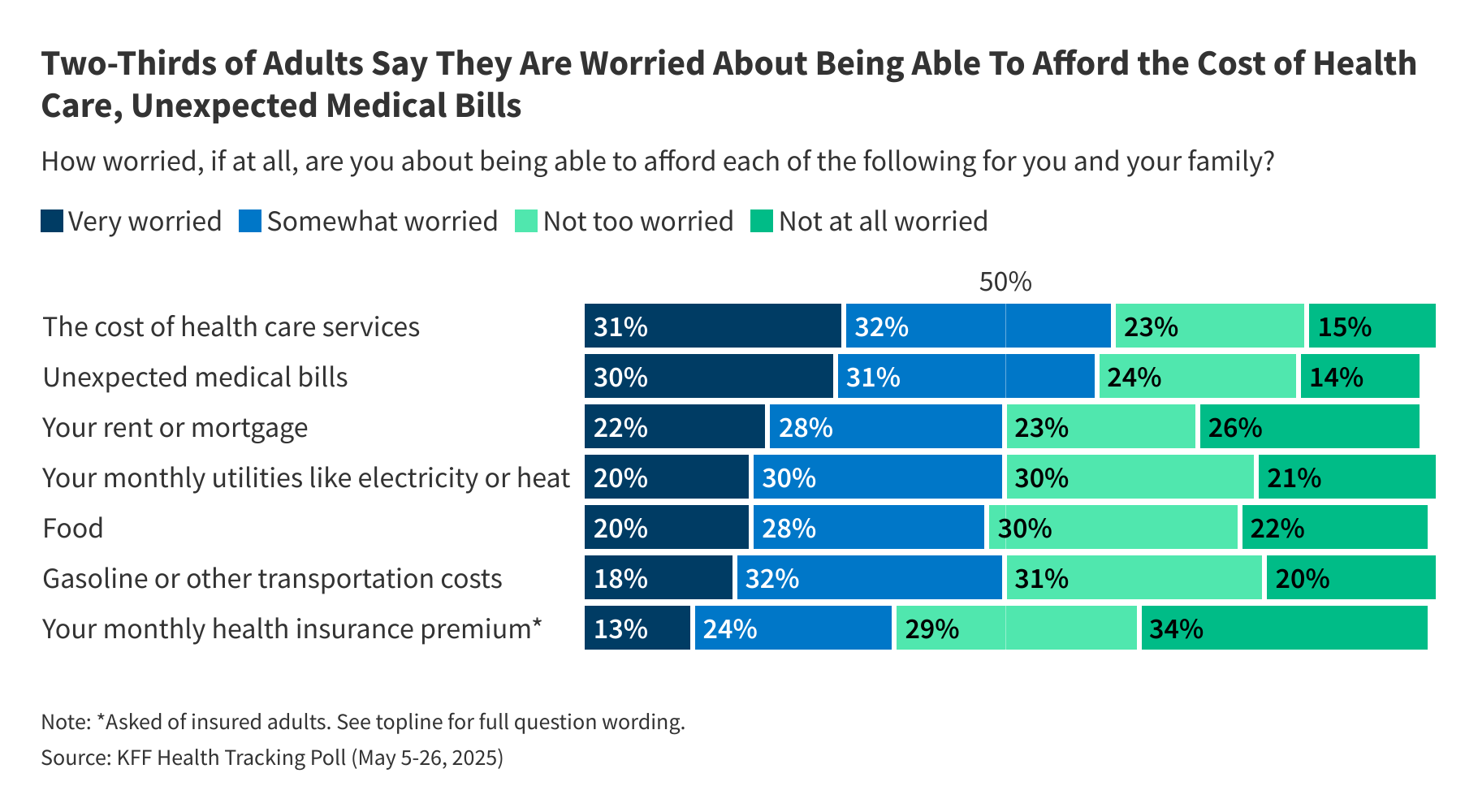Patient access continues to improve, with both providers and patients reporting steady progress, according to The State of Patient Access 2025. Building on the momentum of the 2024 State of Patient Access survey (when 55% of providers reported better access), 36% now say it has improved even further. Around six in ten patients agree that the experience is the same or better than a year ago.
Now in its fifth year, Experian Health’s latest annual survey shows how patient and provider perceptions of patient access have changed, and where there’s still work to do. In February 2025, more than 200 healthcare revenue cycle decision-makers and over 1000 healthcare consumers were surveyed about their experiences over the previous year.
The findings point to three key opportunities for organizations looking to improve the patient experience and boost revenue, which are discussed below.
What patients and providers think of patient access (and 3 immediate opportunities)
The overall sentiment is encouraging, but there’s always room for improvement. The report gives a detailed breakdown of the reasons why respondents think access has improved – or not – and how many respondents gave those reasons. These insights will help providers target their improvement efforts where they matter most.
Opportunity 1: Focus on the financial experience
- 29% of patients say paying for healthcare is getting worse
- 56% of patients say they need help from their provider to understand what their insurance covers
- 50% of providers say access is better because patients have more flexible payment options
Financial concerns continue to shape the patient experience. Affordability is a key factor in whether patients think paying for care is getting easier or tougher, but it’s not the only one. Patients who feel that paying for healthcare has improved cite reasons like being able to understand what their insurance covers, having payment plans that make costs more manageable, and being able to complete paperwork digitally prior to care. Conversely, those with a negative view mention confusion over what they owe, difficulty making payments, excess paperwork and lack of payment plans among their top concerns.
To address these challenges, providers can turn to tools that streamline the financial journey from the start. Automating patient financial clearance helps get patients on the right financial pathway as quickly as possible, while segmentation data enables smarter and more personalized collection strategies. Offering flexible payment plans and convenient digital payment options rounds out a financial experience that’s easier, more transparent and aligned with patients’ needs.
Opportunity 2: Prioritize accurate price estimates
- 81% of patients say an accurate estimate helps them better prepare to pay
- 43% of patients say that without an estimate, they’re likely to postpone or cancel care
- 88% of providers say there’s an urgency to improve or implement accurate estimates
Sticking with the financial theme, the findings suggest that despite ongoing efforts, price transparency in particular still needs some work. While more patients received estimates, accuracy has fallen for a third year in a row. As a result, patients are left uncertain about what they’ll owe, prompting some to avoid care altogether. On the flipside, 38% of patients say that understanding the cost of care in advance of treatment made for a better payment experience.
With 77% of patients saying it’s important that their provider can explain what their insurance covers before treatment, there’s a clear opportunity to help patients feel more in control. Not only will this reduce patient stress, but it also builds trust and increases the chance of prompt payments.
Almost all patients say they struggle to pay for care at some point, so improving the accuracy of estimates should be an immediate priority for providers. Timely, personalized estimates that reflect the true cost of care will give patients early clarity and avoid surprises later.
Experian Health’s patient estimates tools use real-time data, including insurance coverage, updated payer contract terms and current provider pricing, to calculate accurate estimates before services are delivered. Patients can receive estimates sent directly to their mobile device or generate estimates through a self-service web-based portal.
Opportunity 3: Use automation to improve front-end data collection
- 56% of providers say patient information errors are a primary cause of denied claims
- 48% say data collected at registration is “somewhat” or “not” accurate
- 83% say there’s an urgent need for faster, more comprehensive insurance verification
Front-end operations are a major source of friction for both providers and patients. Four out of the five top patient access challenges reported by providers relate to front-end data collection, including improving insurance searches, reducing errors and speeding up authorizations.
These inefficiencies don’t just slow down internal workflows. Manual, error-prone processes lead to delays, claim denials and patient frustration. Providers note that staffing shortages are compounding the problem, which suggests that tackling these front-end workflows would be a strategic operational win. It’s also a financial opportunity. In the CAQH’s latest Index Report, shifting from manual to electronic transactions for administrative tasks such as eligibility checks, insurance verification and prior authorizations could save the healthcare industry up to $20 billion.
Patient Access Curator uses automation and artificial intelligence (AI) to streamline patient access and billing, address claim denials and improve data quality from the outset. This integrated solution performs rapid eligibility, coordination of benefits (COB), Medicare Beneficiary Identifier (MBI), demographics and insurance discovery checks to ensure that all data is correct on the front end.
The State of Patient Access: From survey to strategy
The overall takeaway in The State of Patient Access 2025 is that while progress is heading in the right direction, meaningful opportunities remain, especially when it comes to improving the patient financial experience, price transparency and front-end operations.
Going forward, patients want financial clarity and confidence when accessing care. Providers, facing ongoing staffing and operational pressures, need smart and scalable solutions to meet those expectations. Now it’s time to take those findings and deploy the right tools and strategies to keep the good work going.
Download The State of Patient Access 2025 report to get the full survey results and contact us to see how we help healthcare organizations improve patient access with automation, AI and digital tools.
Publisher: Source link









